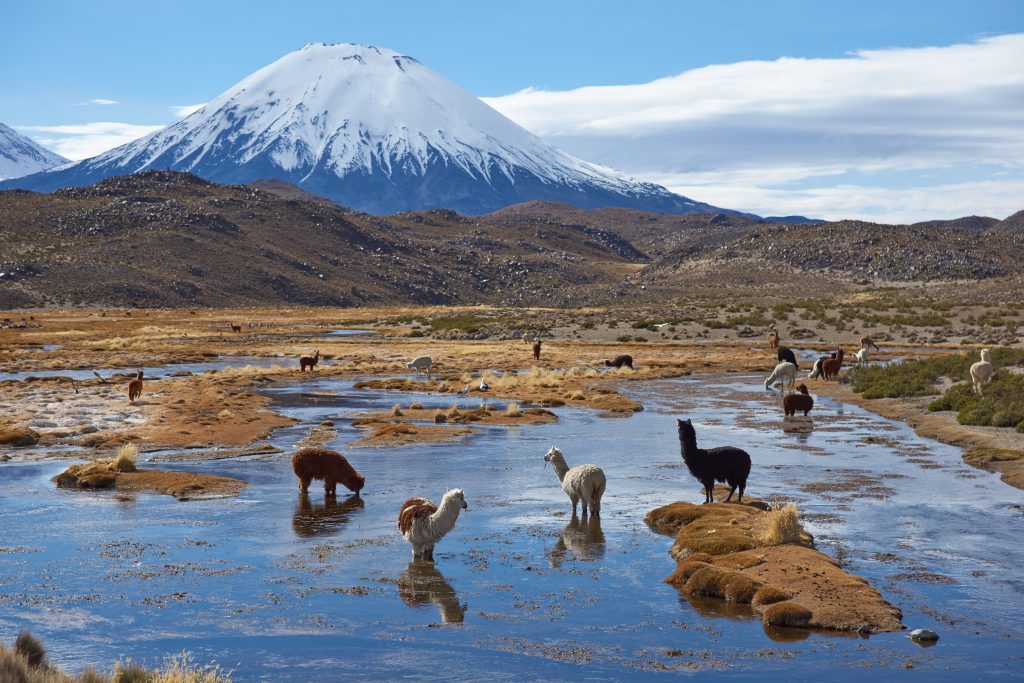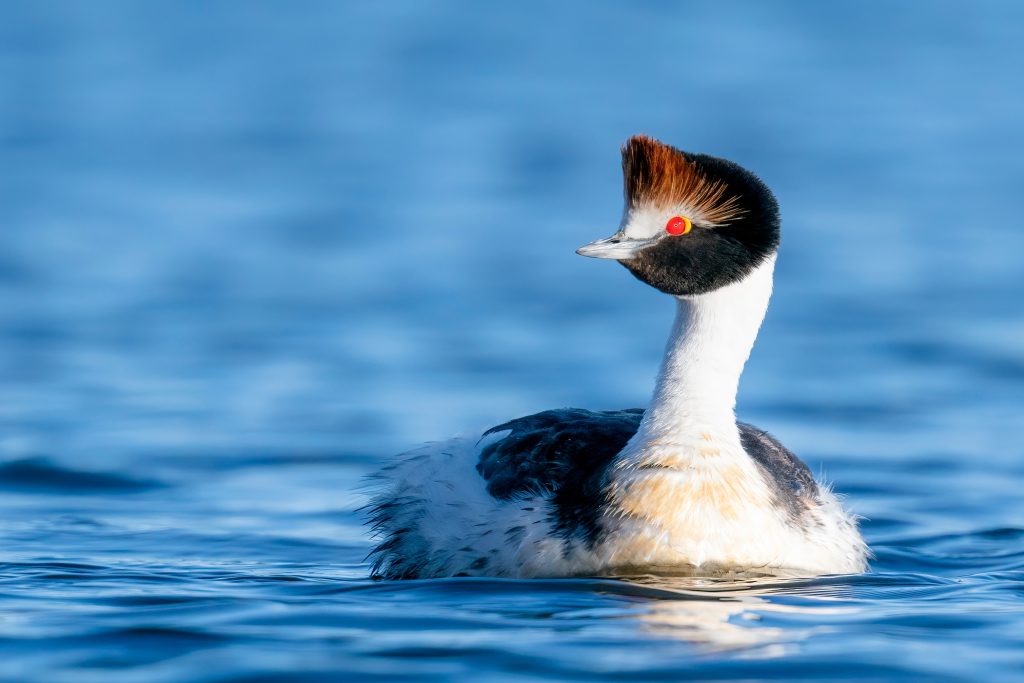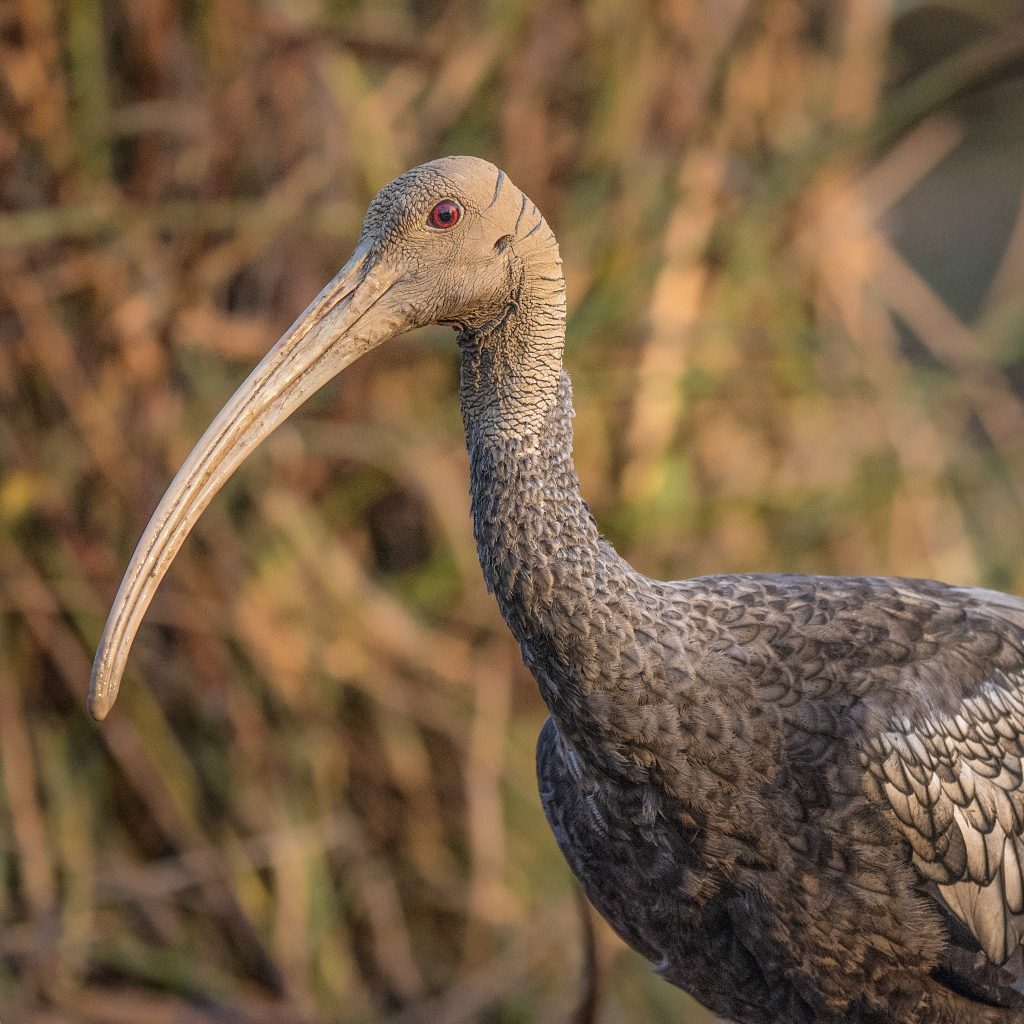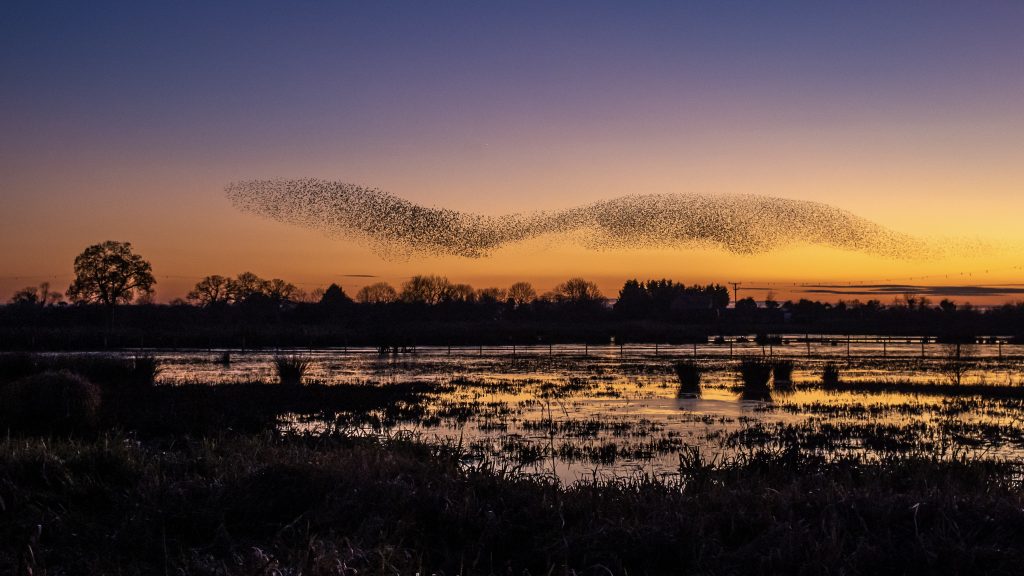Nature is a key solution in tackling the climate crisis

As climate change creates more powerful natural disasters worldwide, healthy ecosystems will be more important than ever to buffer vulnerable communities from floods, storms, wildfires and rising sea levels.
COP28 saw an unprecedented awareness across governments and civil society as well as parts of business and the finance sector that halting and reversing biodiversity loss sits hand in hand with combatting the climate crisis. It remains to be seen how much of that awareness and political momentum will be reflected in the decision texts as Parties huddle in corridors in Dubai this evening.
We need rapid, deep and sustained reductions in greenhouse gas emissions. The first and most critical step is to phase out the use of fossil fuels. In addition, we must work collaboratively across sectors and nations to protect, conserve and restore nature in order to give our future a fighting chance.
In fact, the IUCN has estimated that if we protect, restore, and sustainably manage our ecosystems, we could meet up to 30% of the world’s climate mitigation required to meet our 1.5◦ targets (Ecosystem-based mitigation | IUCN).
As climate change creates more powerful natural disasters worldwide, healthy ecosystems will be more important than ever to buffer vulnerable communities from floods, storms, wildfires and rising sea levels. Nature also improves human health by providing clean air as well as to address the ongoing food and water security issues that people face across the planet, but that disproportionately impact populations in the Global South (Our leaders have their heads in the sand. What will make the difference at COP28? – BirdLife International).
Protecting, restoring and managing these landscapes is exactly what the BirdLife partnership has been doing for the past century.
Header Image: ©Shutterstock/Jeremy Richards

Sustainable Land Management in Cambodia
The forests, grasslands and seasonal wetlands of the Lomphat Wildlife Sanctuary in Northeast Cambodia provide clean air and regulate potential impacts of climate change for 26 villages that live in and around the Sanctuary.
They are also home to some of the rarest species in Southeast Asia, like the Giant ibis Sarus Crane, White-Shouldered Ibis, Asian Elephant and the Siamese Crocodile. Tucked into the tall grasses of Lomphat, for example, Critically Endangered Giant Ibises reach down to find food in a small waterhole at their feet. The birds rely on the seasonal rains to fill the trapaengs, or waterholes, where they search the soft mud for food.
NatureLife Cambodia helps to safeguard this landscape for both communities and nature by supporting rangers from local communities as well as resident farmers to minimize environmental damage without detriment to their incomes- by committing to growing rice in a wildlife-friendly manner, farmers can sell it at a premium.
Now, NatureLife Cambodia is launching a forest carbon (REDD+) program with the aim to continue preventing deforestation and land conversion in this biodiversity-rich landscape.
Protecting the Wetlands of the High Andes
Over 3,800 meters above sea level, atop the longest mountain range in the world lay a chain of wetlands sitting on a bed of peat. These wetlands are phenomenal carbon sinks, and provide freshwater sources for nearly 100 million people. Not to mention that this ecosystem is vital habitat for birds migrating along the Americas Flyway.

Unsustainable and unregulated development threaten to destroy this ecosystem with the assistance of shifting temperatures and rainfall from climate change. BirdLife partners in Argentina, Bolivia, Ecuador and Peru have all come together to protect this life-giving landscape. Through sharing the importance of this ecosystem to people and nature, these partners have secured local involvement in conservation projects across the Andes.
Restoring Coastal Habitats in the UK
Coastal wetlands across the planet offer extremely valuable protection from flooding and storm surges. However, rising sea levels, coastal erosion and the increased intensity of storm surges threaten to erase these landscapes from our maps. If these ecosystems disappear, so do the shorebirds and shellfish that live in them, along with the livelihoods of people that depend on coastal environments.
To tackle this issue in the UK, the RSPB (BirdLife in the UK) has adopted a coastal management approach. Through a project called Sustainable Shores, the RSPB has identified 318 potential sites that could benefit from managed realignment, meaning that their sea walls may be set back to allow for tidal flooding on the seaward side. This project would help to convert these sites to salt marshes and mudflats which also help to sequester carbon from our atmosphere.

Nature-based solutions, like these listed above, are necessary for our planet to reach its climate targets. But to have the positive impact that the planet needs, nature-based solution projects must be of a high integrity, designed with scientifically rigorous and up-to-date methodologies, and use a rights-based approach to deliver significant benefits for climate, biodiversity, and people. By listening to and working with local people to develop and implement these projects, we strive to uphold the rights, and recognise the role of Indigenous People and local communities in the protection of nature.
The phase out of fossil fuels is critical. We must work collaboratively across sectors and nations to protect, conserve and restore nature in order to give our future a fighting chance. Hope is just outside our windows.